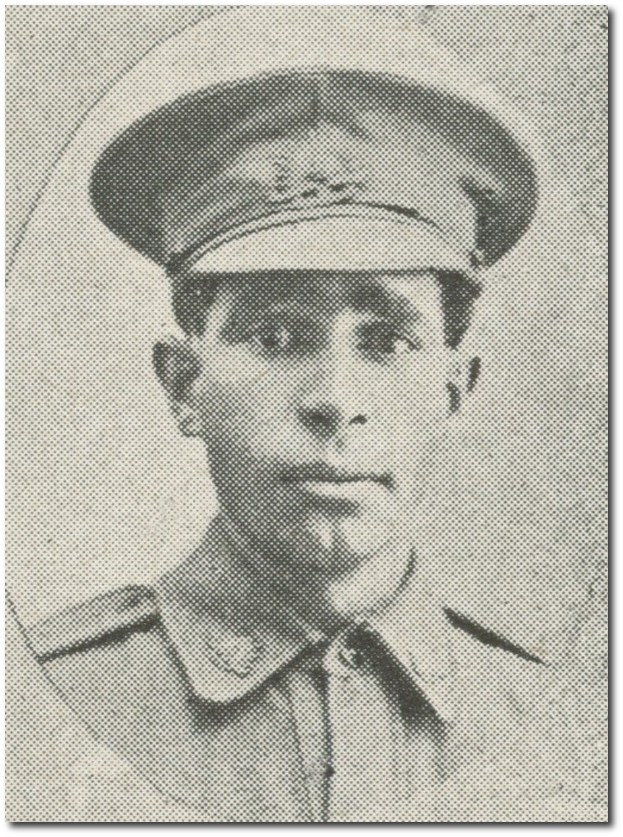
George Mitchell, The Queenslander Pictorial, 1918
Indigenous Australian, George Mitchell, 31st Infantry Battalion
George Mitchell was 28 years old when he volunteered to serve with the first AIF in December 1917. Born in Bundaberg to William Mitchell (1869-1929) and Emma Deshong (1873-1914), he was working as a stockman on Alton Downs Station, near Rockhampton and at the time of enlistment, and named his sister Selina as his next of kin.
Mitchell was assigned to the 15th Reinforcements for the 31st Infantry Battalion and trained at Rifle Range Camp, Enoggera before embarking for England in March 1918. They were encamped at the 14th Training Battalion, Codford for three months before embarking for France. It wasn’t until 1 September 1918 that he finally joined his battalion in the front lines of Boulogne Wood Alley, during the push for Mont St Quentin.
Mitchell remained with the battalion until the end of hostilities, later being attached to several other units as men were demobilised and sent home. In March 1919 Mitchell volunteered to work with the War Graves Registration Detachment, a service considered by some as a "Sacred Duty" these men were involved in locating and creating graves for Australians who had fallen; he before finally returned home in November 1919.
The men of this detachment had the gruesome task of exhuming bodies initially interred in mass graves, to be reburied in single graves in permanent war cemeteries. Their work has given many families the opportunity to commemorate their loved ones who served and died overseas, so far away from their home land.
George Mitchell returned to Queensland and continued to work on properties in the Rockhampton area. In 1939 George again volunteered to serve for his country during the Second World War, at this time, he named his half sister Edith Blow as his next of kin.
Read more ...
- Service Record: MITCHELL, George William
- Embarkation Roll: 15th Reinf. 31st Infantry Battalion
- One of the soldiers featured in SLQ’s HistoryPin Collection
- "A sacred duty" by Julia Smart, AWM Summer Scholars, 2016
- Don Cameron, 'Roll of Honour Aboriginal and Torres Strait Islander men in the Australian Armed Forces', Queensland Family Historian, 1991 v.12 no.1 February 1991, p.24
- Queensland’s Indigenous Servicemen [oral history]
The information in this blog post has been researched by State Library staff and volunteers, it is based on available information at this time. If you have more information that you would like to share or further research uncovers new findings, this post will be updated.
Comments
Your email address will not be published.
We welcome relevant, respectful comments.